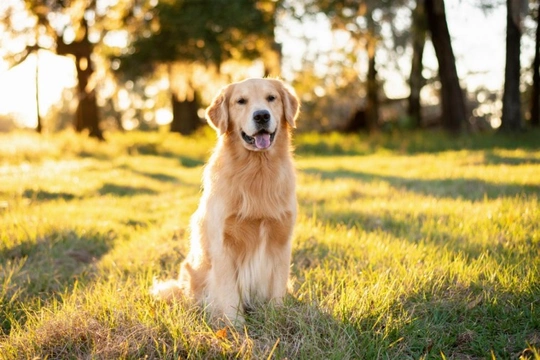
Five dog care rules you can or even sometimes should break in summer
It can seem to dog owners as if there are an awful lot of “rules” that they need to follow, in terms of fixing routines, doing some things a certain way, and curbing the dog from certain places or activities.
The “good” or sensible “rules” for dog ownership are beneficial to dogs, and there for a reason; but sometimes on the hotter days of summer, it is ok, or even wise, to make an exception to some of these rules.
How come? This article will tall you five dog care rules that you can, or even sometimes should, break when it is very hot in the summer. Read on to learn more.
Walking your dog to a fixed routine
A routine is very important to dogs for many reasons. It helps them to understand what you expect of them, and combined with their rules and boundaries, what is and is not allowed. This helps dogs to feel secure, and to exhibit appropriate behaviour and not develop behavioural issues.
Having a fixed routine also lets your dog know that their needs will be met; it reduces anxiety that can make dogs feel stressed and insecure, which of course would make them feel unhappy as well as unsafe in many ways. This too helps to ensure your dog’s behaviour is appropriate; and a dog that is walked erratically or that doesn’t know when they might be walked can become quite a handful.
Setting a routine for walking your dog at the same times each day then is a good thing generally; but this is a dog care rule that you may well need to break in the summer.
Why? Put simply, if the choice lies between walking your dog at the time they expect to go, and changing their routine to make sure you don’t walk them when it is dangerously hot, then the routine should be changed as needed.
Never missing a walk
All dogs need to be walked; in general, not just to a set routine. While most dogs are understandably more than keen on this idea, some dogs are reluctant to walk as a whole and can have a very lower tolerance for exercise, turning things into a daily bout of “drag the dog along” rather than a walk per se.
Often, it is these exact dogs that are reluctant to walk that need to be walked the most. Assuming any health issues have been ruled out, reluctance to walk usually occurs in dogs that are very unfit or overweight, and resolving either or both of these issues relies on taking them walking.
However, if your dog refuses or is very reluctant to walk in the summer on hot days, it is reasonable to skip that walk. If your dog is already hot enough that they don’t want a walk, simply making them go on a gentle walk might be enough to push them over into overheating and even heatstroke.
You should, if possible, replace a missed walk with one at another time. But on hot days that could be dangerous for your dog to walk or if your dog is indicating that they do not want to walk, it is fine to break the “never miss a walk” rule too.
Being fed the same thing and at a certain time
Knowing when they’re going to get fed is if anything more important to dogs in terms of their sense of safety and security than going for walks is. Your dog should never be fed erratically, or have cause to worry if and when they’re going to get fed; which means having a feeding routine is important.
However, if your dog is usually fed at a time when the food might spoil quickly due to the heat and your dog doesn’t eat it in one go, try to make adjustments to avoid this.
Also, if you are trying to increase your dog’s hydration levels, you might want to change them from kibble to wet food, or add water or gravy to their normal meal to assist with this.
Being crated, or not permitted in certain rooms
The use of an appropriately sized crate or cage/kennel, when introduced properly and used in the right way, can be beneficial to dogs.
It gives them a space of their own, helps them to feel secure, and puts them in the right frame of mind to rest and spend time alone.
However, when the weather is very hot, restricting a dog to a crate – or even a certain room – can actually be dangerous. That crate or room may become dangerously hot, or hotter than alternatives that your dog would have sought out on their own given the opportunity.
This means that another summer rule you could or sometimes should break is confining your dog for certain purposes.
Not being allowed in certain spots of the garden (unless they’re unsafe)
If you’re growing flowers, your dog digs, or you’ve otherwise found that life is easier if a certain part of the garden is dog-free, this might be a breakable summer rule too. This does not apply if the rule is for safety reasons (like something toxic is growing there) rather than convenience.
Dogs will often go and lie in turned earth or flowerbeds as this is cooler, or want to lie in muddy spots as they too are cooler than dry earth; or be keen to run across the lawn when a sprinkler is in use!
All of these things can potentially help your dog to stay cool or cool down, so weigh up the various costs and benefits before you stop them.



